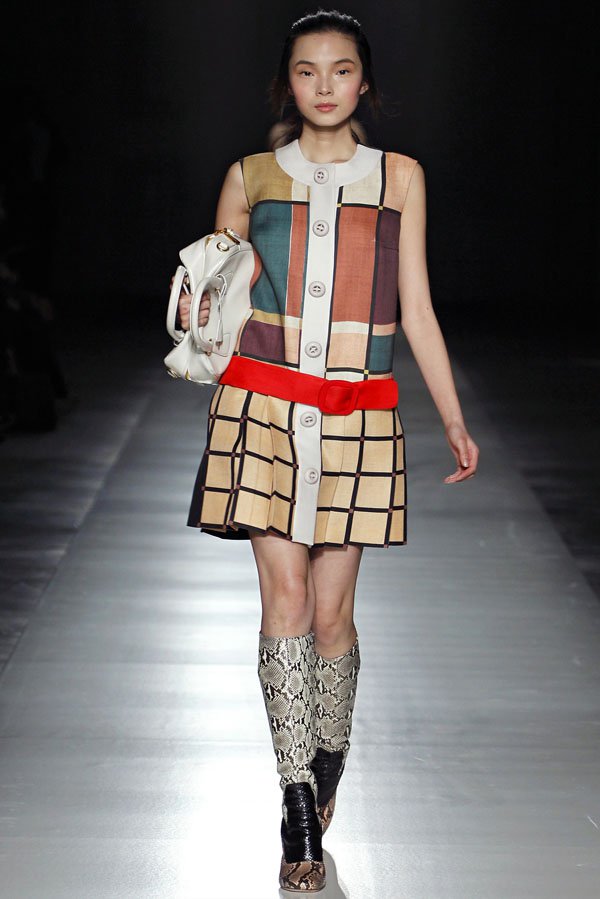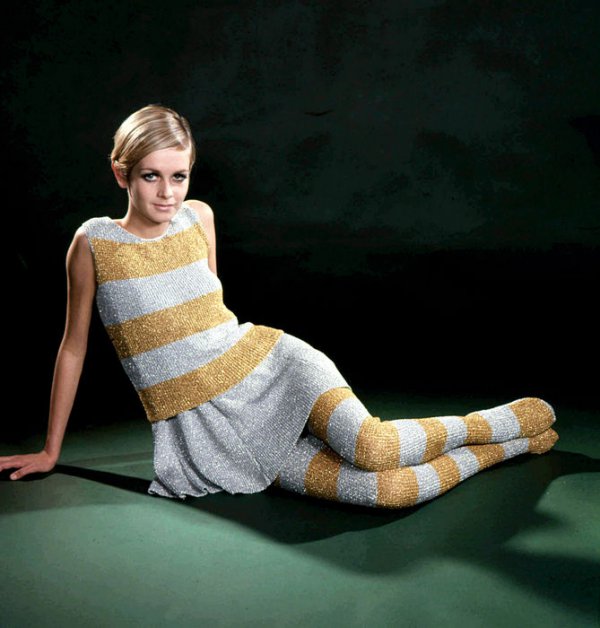
Model Twiggy
The History of Mod
Mod style first emerged in the late 1950s and was popularized throughout the mid 60s. Short for “modernist” style, the Mod movement can be traced back to the suburban areas of Britain. Due to a rebounding economy after World War II, youths were able to spend their income on fashions instead of contributing to the household income. The result was fashions that were radical at the time, and quite expressive. The beatnik style and Teddy Boys are noted as influences for the style. Most notably; miniskirts, bold colors and prints are all hallmarks of the style with models like Jean Shrimpton and Twiggy who personified the mod look.
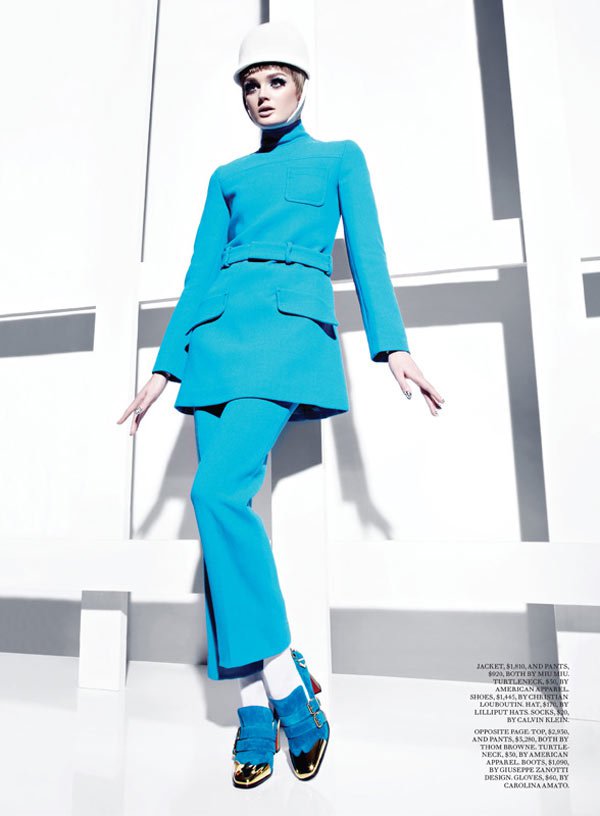
Lisa Cant in Fashion Canada September 2012 by Gabor Jurina
Mod Fashion Now
Nowadays, mod is a style referenced regularly in fashion. From Marc Jacobs’ spring 2013 collection featuring graphic black and white to Ralph Lauren’s most recent mod-inspired outing shown during the spring-summer 2014 shows of New York Fashion Week, mod is still a style to wear. Fashion magazines also embrace mod styles with pictorials paying homage to the time in fashion.
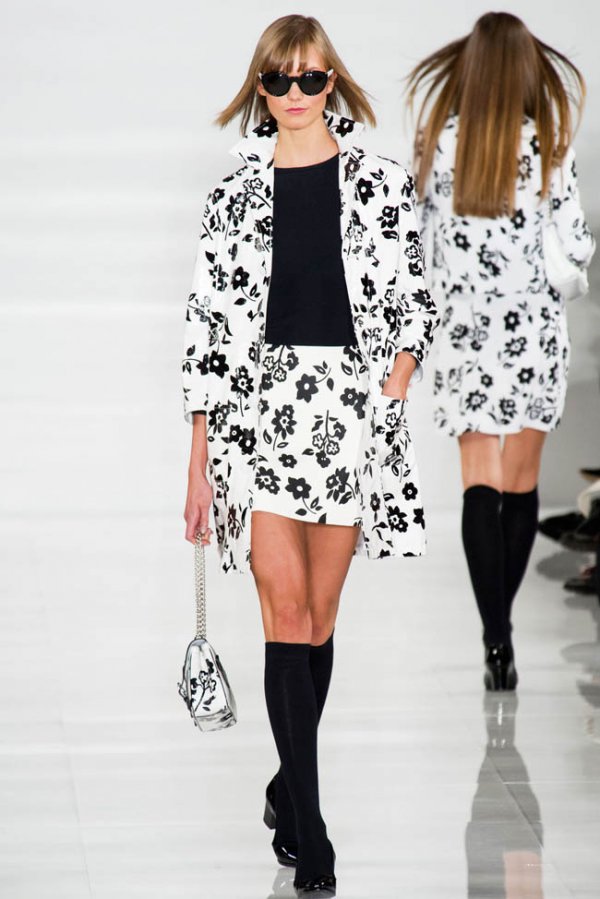
Ralph Lauren Spring/Summer 2014
Mod Essentials
So what makes mod style? Mod style is all about sleek lines and simple silhouettes. The mini skirt, shift dresses, knee-high boots or socks, tailored coats and graphic prints are just a few hallmarks of mod fashion. Drop-waist jackets, shift dresses and colorful, flashy accessories also characterize the look.
————————————————-
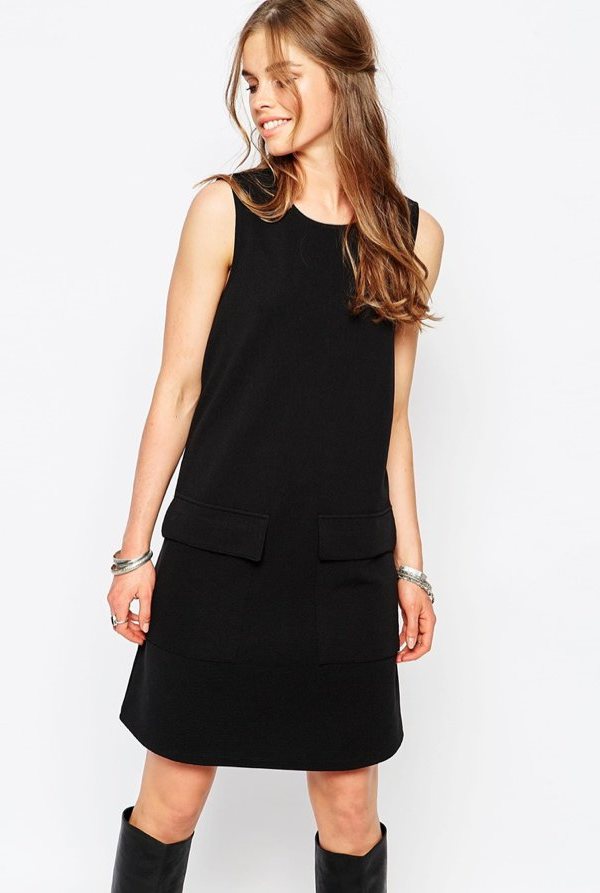
A classic shift dress is the perfect way to evoke mod style today. First & I 60’s Pocket Detail Shift Dress available at ASOS for $35.83.
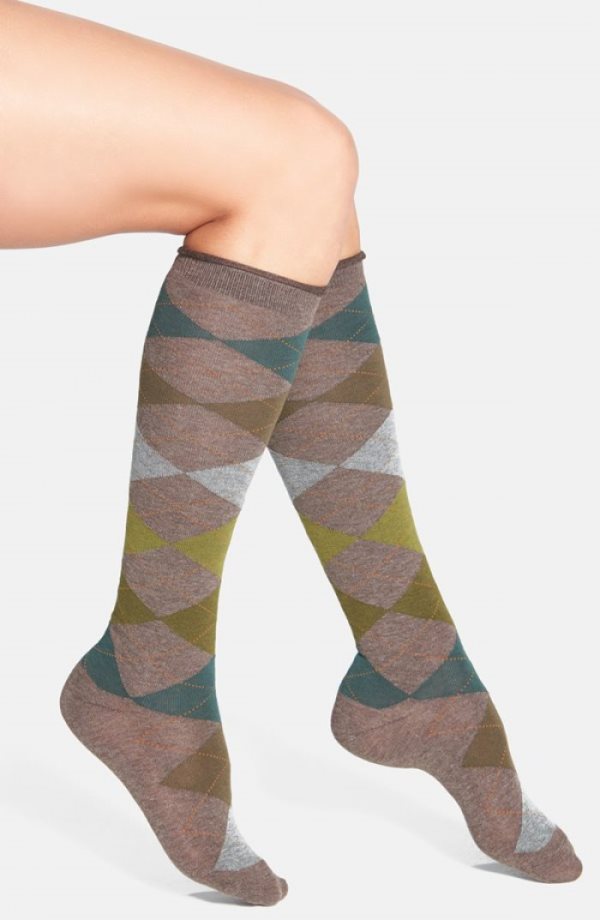
Add a touch of Mod to your wardrobe with a colorful pair of high knee socks. Hue Argyle Knee Socks available at Nordstrom.
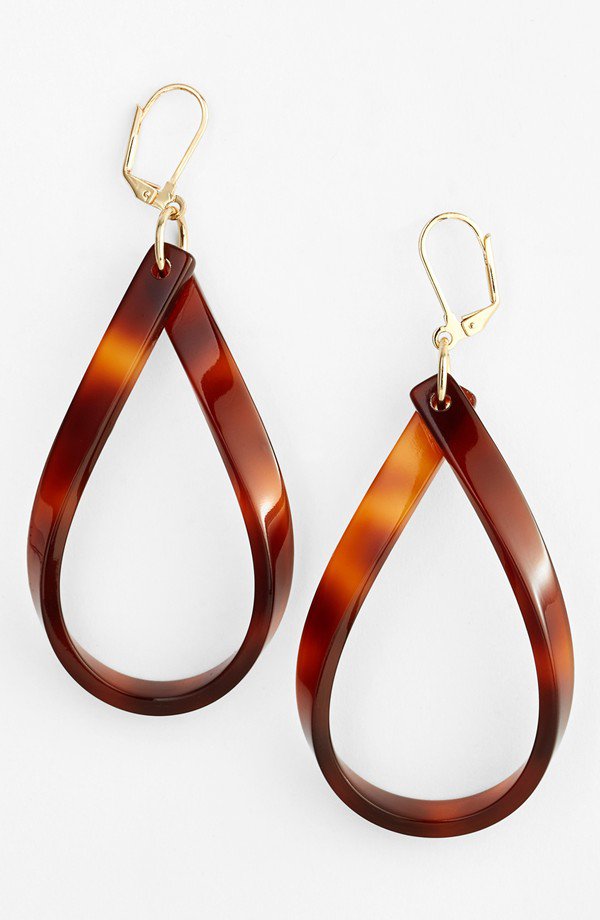
Mod style is all about embracing standout shapes such as these teardrop earrings from L Erickson available at Nordstrom.
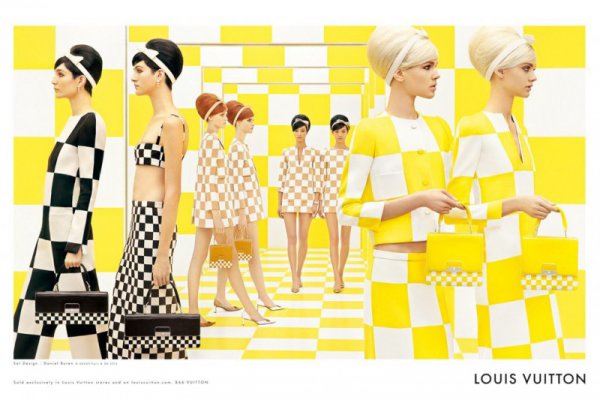
Louis Vuitton’s spring/summer 2013 campaign showed off mod-inspired minis and checkered prints.
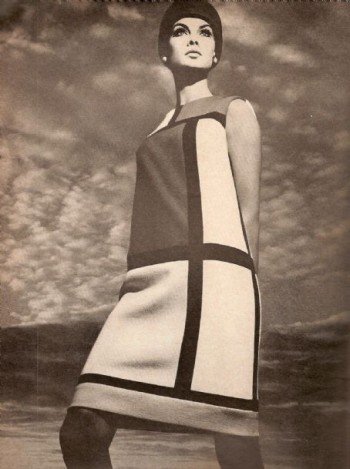
Model Jean Shrimpton
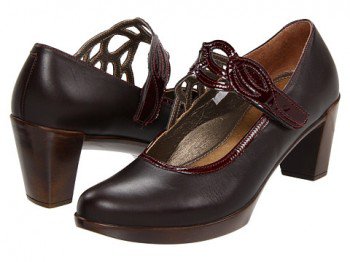
Wearing Mary Janes is a staple for any mod look. Update the shoe with a heel style. Shoes by Naot Footwear available at Zappos.
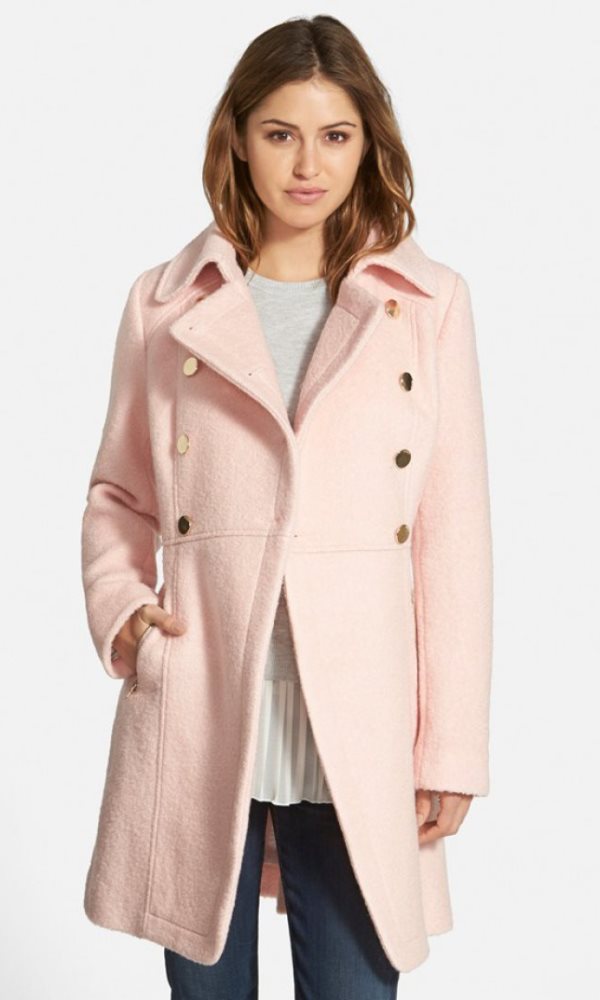
A classic peacoat evokes a mod spirit. Dress it up with a skirt or down with a pair of jeans. Guess Peacoat available at Nordstrom.

Oversized, geometric sunglasses perfect any mod outfit. Portia Portugal Square Sunglasses available at Topshop.
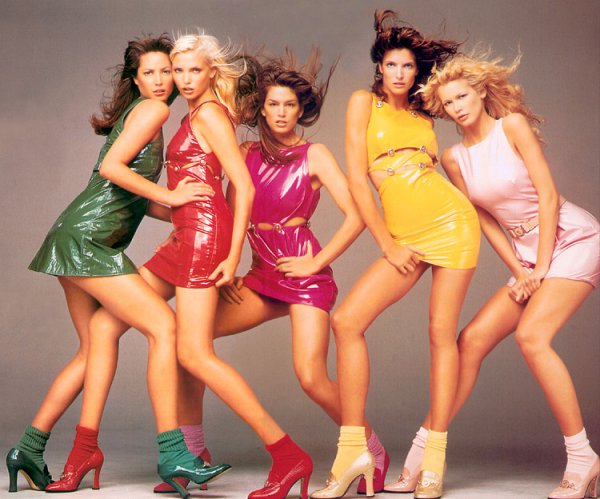
The nineties saw a resurgence of mod fashion with micro-mini skirts that seemed shorter than ever, bold colors and shift dresses as shown in this image from Versace’s fall 1994 campaign. (Photo by Richard Avedon)
